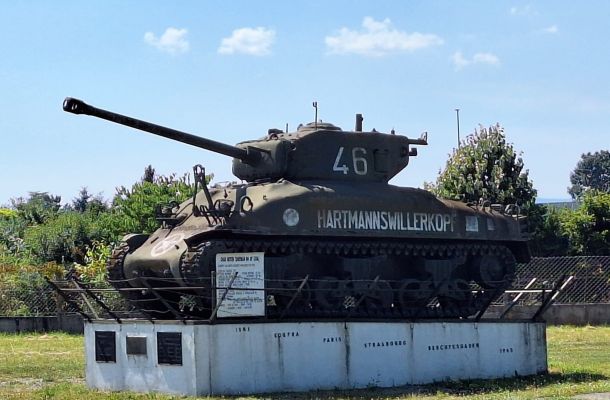The region of Alsace, located on the border between France and Germany, has long been a symbol of cultural blending and geopolitical contention. During World War II, the Alsatian people faced one of the most turbulent and traumatic periods in their history. As Nazi Germany invaded France in 1940, Alsace was annexed de facto by the Germans, dramatically altering daily life, identity, and the fate of thousands of Alsatians.
Once under German control, Alsace was subject to forced Germanization policies. The use of the French language was banned in schools, public spaces, and even private conversations in many cases. Street names were changed, French cultural symbols were removed, and local populations were pressured to embrace a German identity, often against their will. Families with French allegiances were treated as enemies, and suspicion ran high among neighbors, with the region caught between two nations. The sense of belonging for Alsatians became deeply conflicted as they struggled to retain their unique Franco-German culture under oppressive occupation.
Perhaps the most devastating aspect of Nazi control was the forced conscription of Alsatian men, known as the "Malgré-nous" (meaning "against our will"). Thousands of young men were drafted into the German army, the Wehrmacht, and even the feared SS, despite many feeling a strong allegiance to France. Some were sent to fight on the Eastern Front, where casualties were extremely high. Families were torn apart, and many Alsatians who tried to resist conscription faced imprisonment, deportation, or execution. After the war, the return of Alsace to France did not immediately heal the scars. The region carried the burden of divided loyalties, lingering mistrust, and the painful memories of occupation and forced service, which shaped its identity for decades to come.
